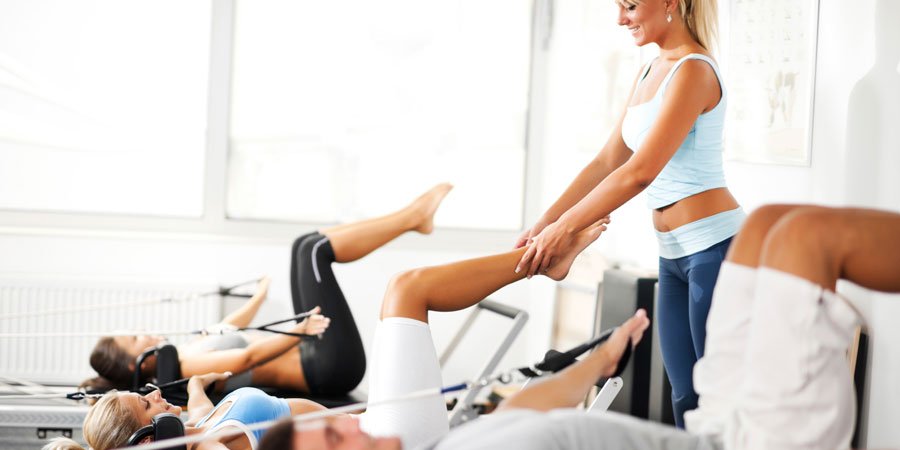“Ideally, our muscles should obey our will. Reasonably, our will should not be dominated by the reflex actions of our muscles.” – Joseph Pilates
Pilates and Pilates based equipment were founded on the basis of rehabilitation. The founder of the Pilates method, Joseph Pilates, began to develop his work in WWI. He served as an orderly in a hospital where he used his method of exercise as a form of rehabilitation for injured and sick soldiers. Joseph and his wife Clara later emigrated to the USA in the early 1920s and together they developed and taught the method in their studio in New York. Pilates soon became very popular with the dance community, as it offered a chance to improve technique or recover from injury.
Injuries often start with abnormal mechanics and are usually aggravated by common activities that you perform daily. A healthy pain free body starts with proper alignment and biomechanics of your entire body, which is a core concept of the original Pilates method. Pilates based exercises and principles can not only be utilized to rehabilitate your injury, but will also teach you to find your best body alignment to prevent future re-injury. Pilates based exercises are designed to restore the natural curves of the spine and re-balance the muscles around the joints. Core muscles are targeted that stabilize the low back, pelvis, hips and shoulders. Together, core muscle strength and good alignment allow our joints to absorb shock properly
The Pilates method was designed to teach control of the body and correct muscle imbalances. This allows therapists to not only treat an injury, but to also find the source. With a Pilates based Physical Therapy program you will learn to understand your body’s alignment and how to replicate it in your exercise program and activities of daily life for faster recovery and injury prevention. A wide variety of athletes continue to use Pilates today to prevent and treat injuries and improve in their sport.
Source: https://www.coreworksphysicaltherapy.com/blog/2017/2/21/pilates-and-physical-therapy-a-mutually-beneficial-relationship








